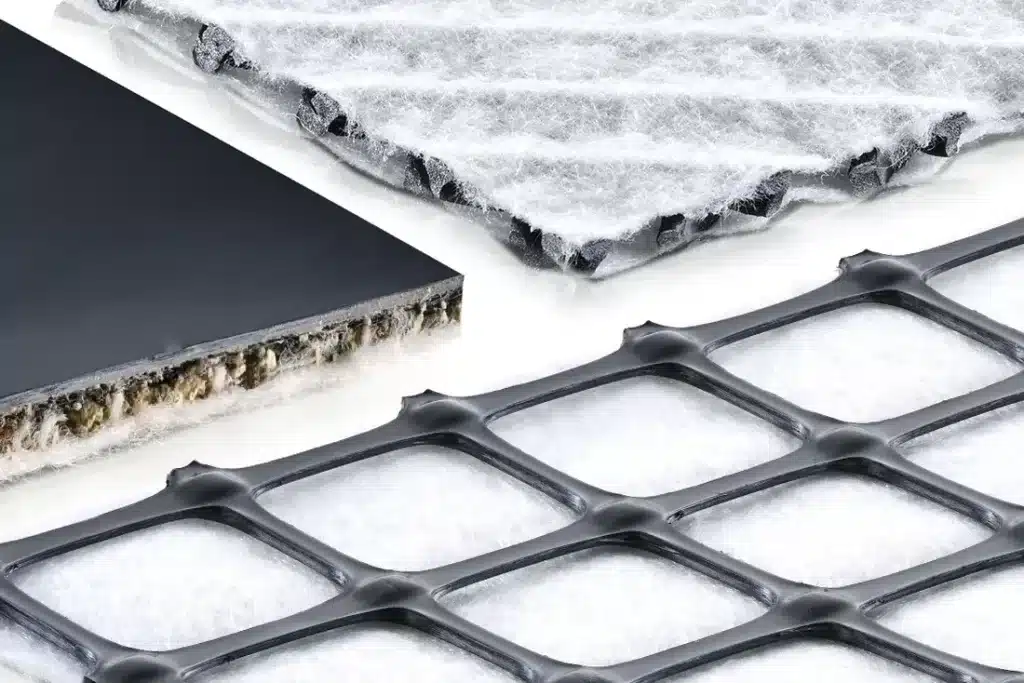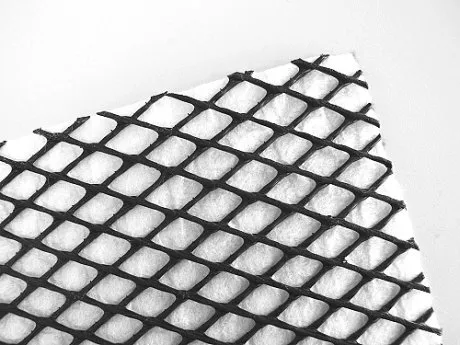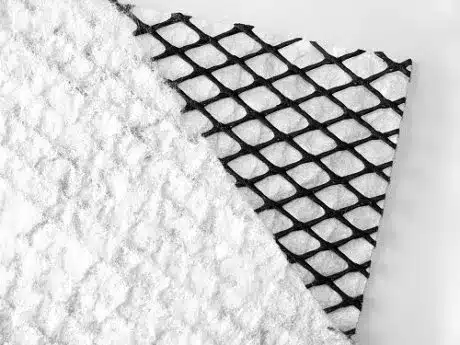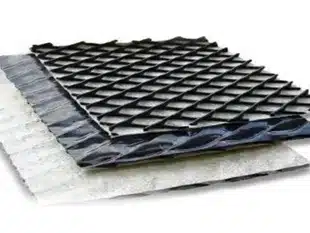Understanding Geocomposite Drains and Their Functions
Geocomposite drains are revolutionizing the way we manage water in various industries. These innovative drainage solutions, equipped with high-flow plastic cores and protective filter fabrics, provide efficient water collection and transportation. Whether in civil engineering, landscaping, agriculture, or environmental remediation projects, geocomposite drains ensure optimal drainage, preventing water-related issues such as erosion and soil saturation. Discover how geocomposite drains can transform your projects, delivering cost-effective and environmentally friendly water management solutions.

What is a Geocomposite Drain?
A geocomposite drain is a synthetic, engineered material designed to efficiently collect and transport water, gases, or other liquids from one location to another. It consists of multiple components, including a core, filter fabric, and geotextiles. The core is typically made of a three-dimensional, high-flow, plastic drainage core, which facilitates water flow, while the filter fabric and geotextiles prevent soil intrusion, ensuring the long-term performance of the drain.
What is the difference between geocomposite and geotextile?
A geocomposite consists of a combination of one or more geosynthetics, specifically a geogrid, a geotextile, a geomembrane, and/or a geonet, with another material. Geotextiles are used primarily for applications requiring separation, filtration, reinforcement, and drainage.
What is the main function of geocomposites?
Geocomposites are used for basic functions of roadways such as separation, drainage, filtration, and reinforcement. Geocomposites can be used to increase the strength and stability of underlying soil in a roadway.
What is a Geocomposite Strip Drain?
A geocomposite strip drain, also known as a drain strip, is a narrow drainage solution used primarily in landscaping and civil engineering projects. Its design includes a thin, elongated core surrounded by filter fabric and geotextiles. Geocomposite strip drains are particularly useful in managing excess surface water, preventing waterlogging, and maintaining soil stability in areas like gardens, athletic fields, and roadways.



Comments
Post a Comment